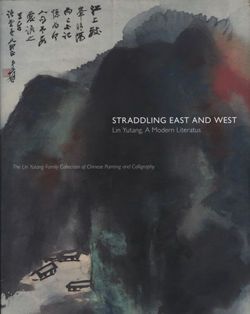Poem Written in the Style of the Haotaiwang Stele
Feng Kanghou Chinese
Not on view
Feng Kanghou, a native of Guangdong Province, was an outstanding seal-carver and calligrapher. In this work, dedicated to Li Ming (Richard Lai), he composed a quatrain with characters collected from an ancient stele commemorating Kwanggaet'o-daewang (r. 391–412)—Haotaiwang in Chinese—the nineteenth king of the Koguryo state that occupied the northern portion of the Korean peninsula and parts of Manchuria from 37 B.C. to A.D. 668. This monument was erected near the Koguryo capital of Kungnaesong (in present-day Ji'an, Jilin province) in 414. After this area fell under Chinese rule in 668, the stele sank into oblivion. Its accidental rediscovery in 1877 marked a major find in the avid search for ancient steles in nineteenth- and early-twentieth- century China. As Feng notes here, "The calligraphy of the Haotaiwang Stele, while simple and unpolished, emanates antique exuberance. However bold and free, it retains the discipline of clerical script." Following convention, Feng Kanghou transcribed his poem by faithfully duplicating the forms of carved characters. However, his transcription shows its own idiosyncratic features. Feng sought to evoke the archaic flair of his model by intentionally simulating the damage or wear to the stele as well as the crude craftsmanship of its carver by making some of his lines crooked or uneven. Feng's poem reads:
My home in a stretch of hills by the distant water
Is said to be the place of eternal joy and peace.
What people have loved from ancient times to the present is all here.
Mountains and lakes are such delights.
(trans. by Shi-yee Liu)
Due to rights restrictions, this image cannot be enlarged, viewed at full screen, or downloaded.
This artwork is meant to be viewed from right to left. Scroll left to view more.


